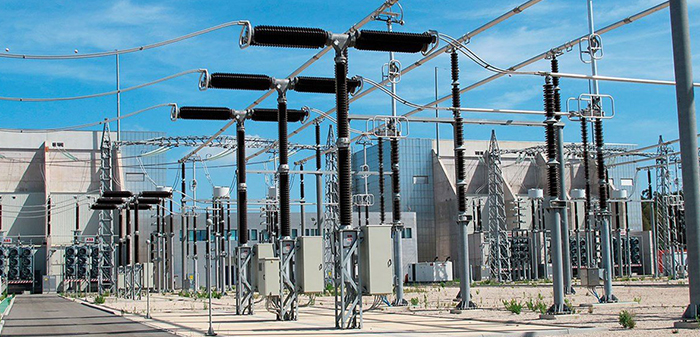Electrical engineers design electric substations by following a series of steps that include:
- Identifying the requirement: The first step is to determine the requirement of the substation, such as the voltage levels, the capacity of the substation, and the area it will cover.
- Conducting site survey: The electrical engineers conduct a site survey to check the suitability of the location for the substation, considering factors like access, the availability of resources, and environmental constraints.
- Selecting the components: Based on the requirement and site survey, electrical engineers select the components of the substation, including transformers, switchgear, and control systems.
- Designing the layout: The electrical engineers then design the layout of the substation, taking into account factors like safety, maintenance, and efficient operation.
- Creating electrical schematics: Next, the electrical engineers create electrical schematics, which are detailed drawings of the electrical components and their connections.
- Testing and commissioning: Finally, the electrical engineers test and commission the substation, making sure that all the components are working correctly and safely.
These steps are repeated as necessary to make sure that the substation meets all requirements and operates efficiently and safely.

